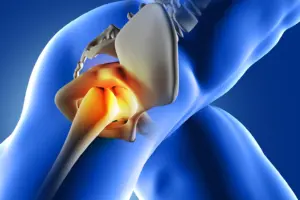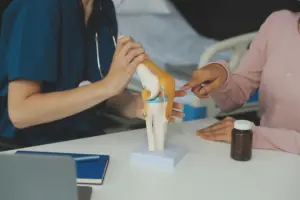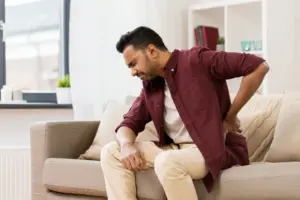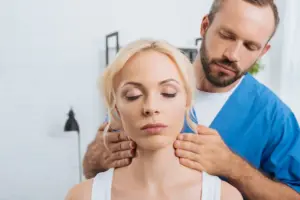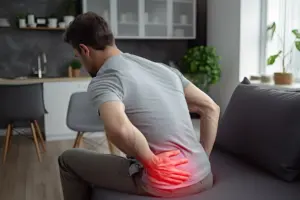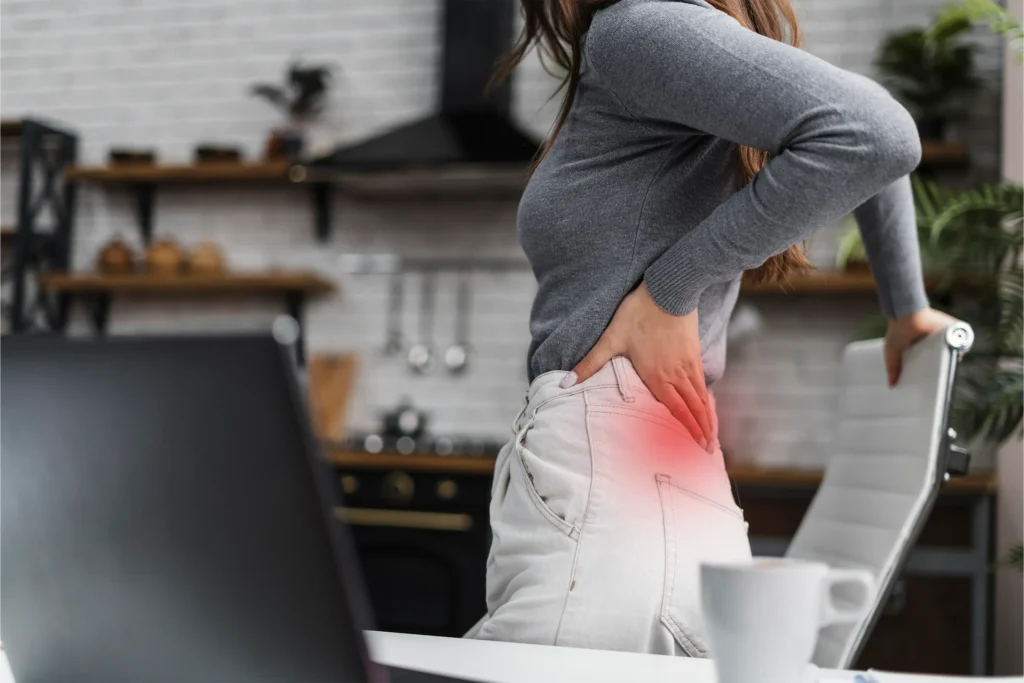
Most people associate hip pain with an older person, such as a grandparent or a senior, who may be suffering from arthritis. But the truth here is that pain doesn’t impact just the elderly; a lot of people, and more and more young adults in their 20s and 30s and even teenagers, are dealing with hip pain today.
If you’re a young person experiencing discomfort or sharp pain in your hip, you’re not alone. And no, it’s not all in your head, and you are not too young for this. This guide will provide you with comprehensive information about hip pain in young adults.
Also Read | Chronic hip pain: Causes, diagnosis, and solutions
Why does hip pain happen
Your hip is a strong, flexible ball-and-socket joint. It makes it very easy for you to walk, run, sit, stand, and twist. But because it does so much, it is also at risk of overuse or injury. When your hip starts hurting, the pain might be on the front side or even deep inside the joint. Sometimes you may feel it in your lower back. The causes are likely to vary, especially if you are young.
Common causes of hip pain in young adults
Are you an athlete? Do you go to the gym? Repeating the same movement again and again can lead to inflammation or strain in your muscles and tendons around your hip. It is especially common in runners, dancers, soccer players, and people who sit a lot and suddenly start exercising hard.
Do you sit for long hours hunched over a laptop? This can tighten your hip flexors and cause pain over time. If you are a student or office worker, you are likely to experience hip tightness just because of your poor posture.
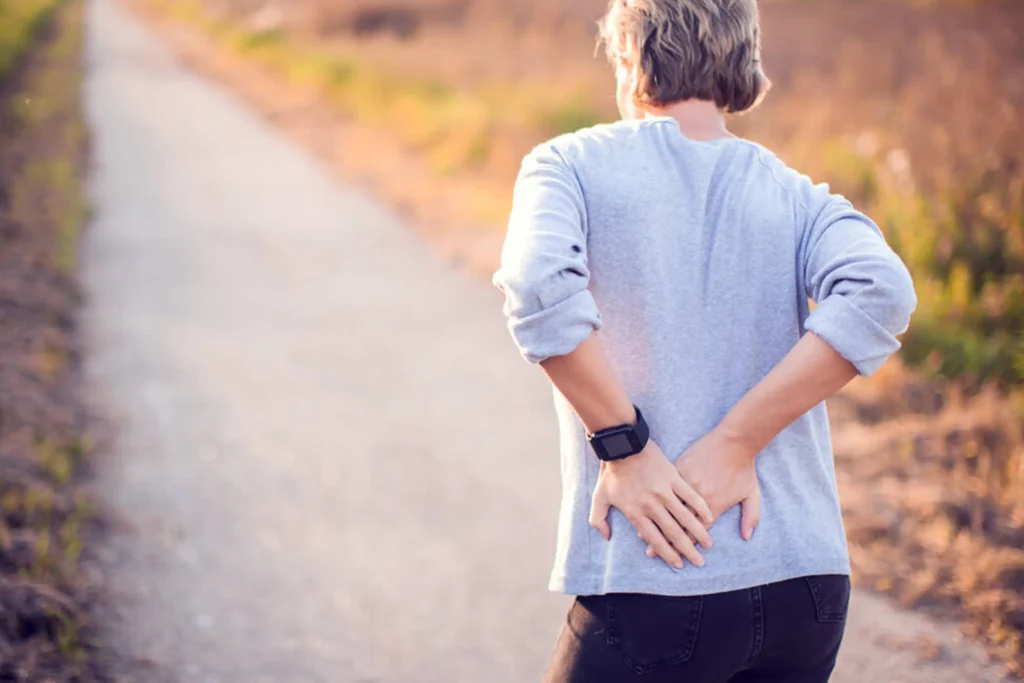
There is a ring of cartilage called the labrum around your hip joint. If it tears, it can cause pain, clicking, or locking in your hip. It is common in athletes, but it can happen to anyone after a fall or sudden movement.
Signs you should never ignore
Not every pain means something serious. But if your hip pain lasts more than just a few days or keeps coming back, it’s worth getting it checked. The signs that you should not ignore include pain worsening with movement, difficulty walking, bending, or climbing stairs, and stiffness after sitting or sleeping. Pain that comes and goes might still indicate a larger issue, so you should not wait too long to address it.
Tight hip muscles are often the hidden cause of pain. You can try doing gentle exercises like pigeon pose, butterfly stretch, and hamstring and glute stretches. Weak core or butt muscles can force your hips to do the extra work. You must include bridges, planks, or lunges. Just start small and slow and focus on form, not speed. For a sudden pain or after a long day on your feet, you can try applying ice for 15 minutes to reduce swelling. Never apply ice or heat directly to your skin; just use a cloth as a barrier.




